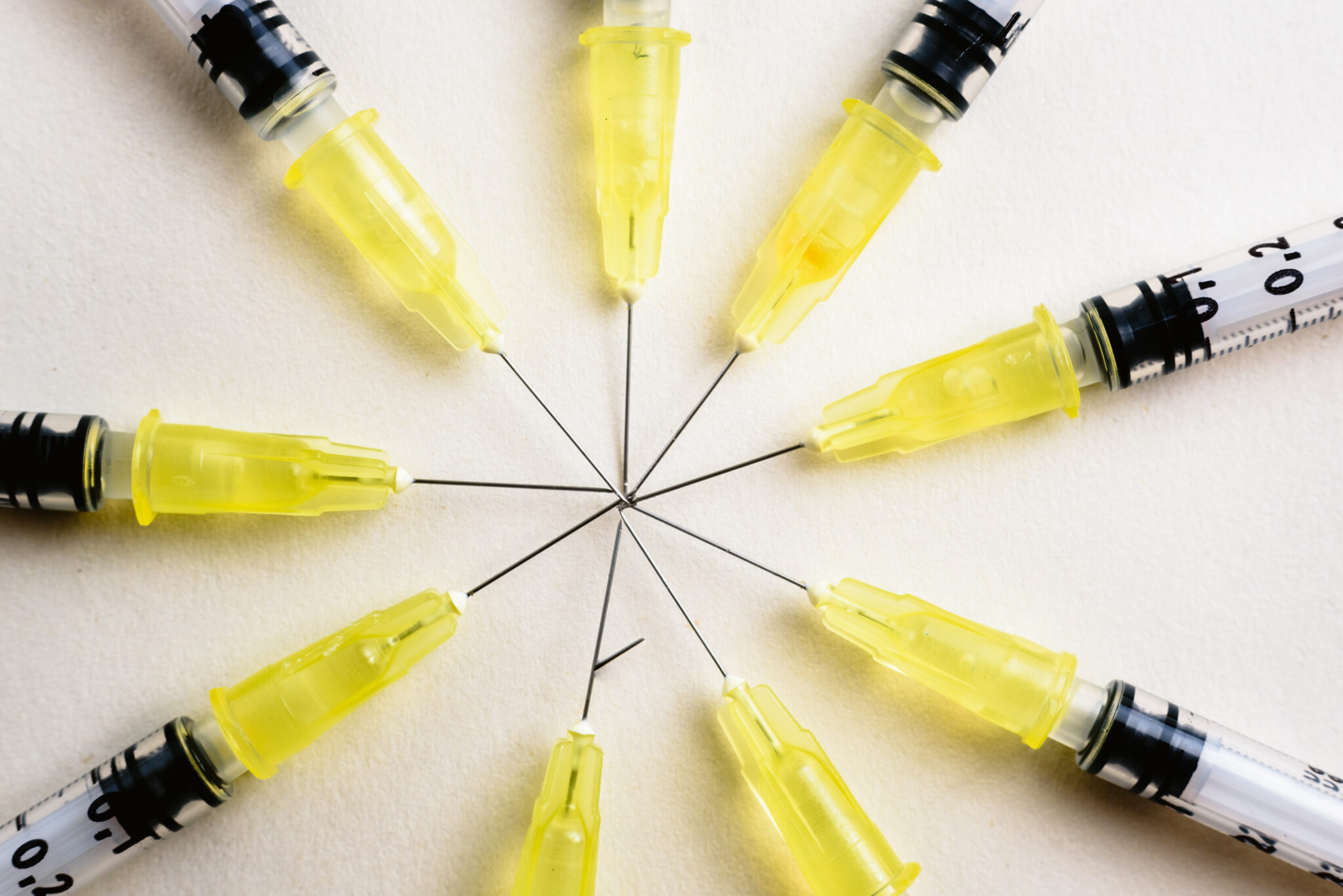Online websites have been blamed for an increase in STDs for many years now. Craigslist is said to have played a significant part in the increase of new HIV diagnoses nationwide between 1998 and 2008. Health departments around the country have claimed that STDs are on the rise in the state and one of the sources is online dating applications such as Tinder or Grinder. Many believe that these types of applications, dubbed “hook-up apps,” promote frequent, anonymous and, often, unprotected sexual encounters.
In January of this year, Tinder began to include a testing locator on their app. This was caused by severe marketing pressure from the AIDS Healthcare Foundation. This group utilized billboards in various cities suggesting a correlation between these apps and STDs like chlamydia and HIV. After including the test site locator on the Tinder application, Tinder released the following statement in a press release, “An important aspect of any healthy relationship – whether formed on Tinder or otherwise — is ensuring sexual health and safety. While the CDC, who conducted the largest and most credible study on the topic, has never identified any connection that supports the idea that Tinder usage correlates with, let alone causes, an increase in STDs, we’re of course in favor of organizations that provide public education resources on the topic.”
While dating apps have made it easier for people to meet and many people use this sites for casual sexual encounters, it is still important to remain safe. The CDC recommends the use of latex condoms when engaging in sexual activity to prevent the spread of STDs.
Using dating apps is a great way to form new relationships and meet people. It is important to remember that whether you meet someone online or in real life, the best way to prevent the spread of STDs is through the practice of safe sex. Also, to know the status of your sexual health, you should get tested at a location near you.
Related Articles

Top 10 STD Internet Hoaxes That Need to Be Debunked
The internet is a vast resource of valuable information. But such a large hub of information is also susceptible to those who mean ill-will and want to spread misinformation. The sensitive subject of STDs is often the center of vast misinformation, rooted in fearmongering rather than facts that adds to the already stigmatized issue. Let’s
May 18, 2025
Read more

STD Vaccines: What You Need to Know
Want to protect yourself from sexually transmitted diseases like the herpes simplex virus, genital herpes, and hepatitis B virus? Understanding STD vaccines is key, as like many other infectious diseases, they are vaccine-preventable diseases. In this article, we’ll break down the available vaccines, who should get them, and clear up some common myths. Let’s dive
April 15, 2025
Read more

The Refractory Period Explained: What Happens After Orgasm?
The post-ejaculatory refractory period is a unique aspect of human sexuality that occurs following orgasm during which individuals experience a temporary inability to become sexually aroused or achieve another orgasm. This phenomenon is well-documented in males but its existence in females is still debatable. Key Takeaways The refractory period is a phase of sexual non-responsiveness
April 14, 2025
Read more
Confidential, Private and Affordable STD Testing?
Order a full 10 test STD screening panel now for just $139. Individual STD tests starting at just $24.



